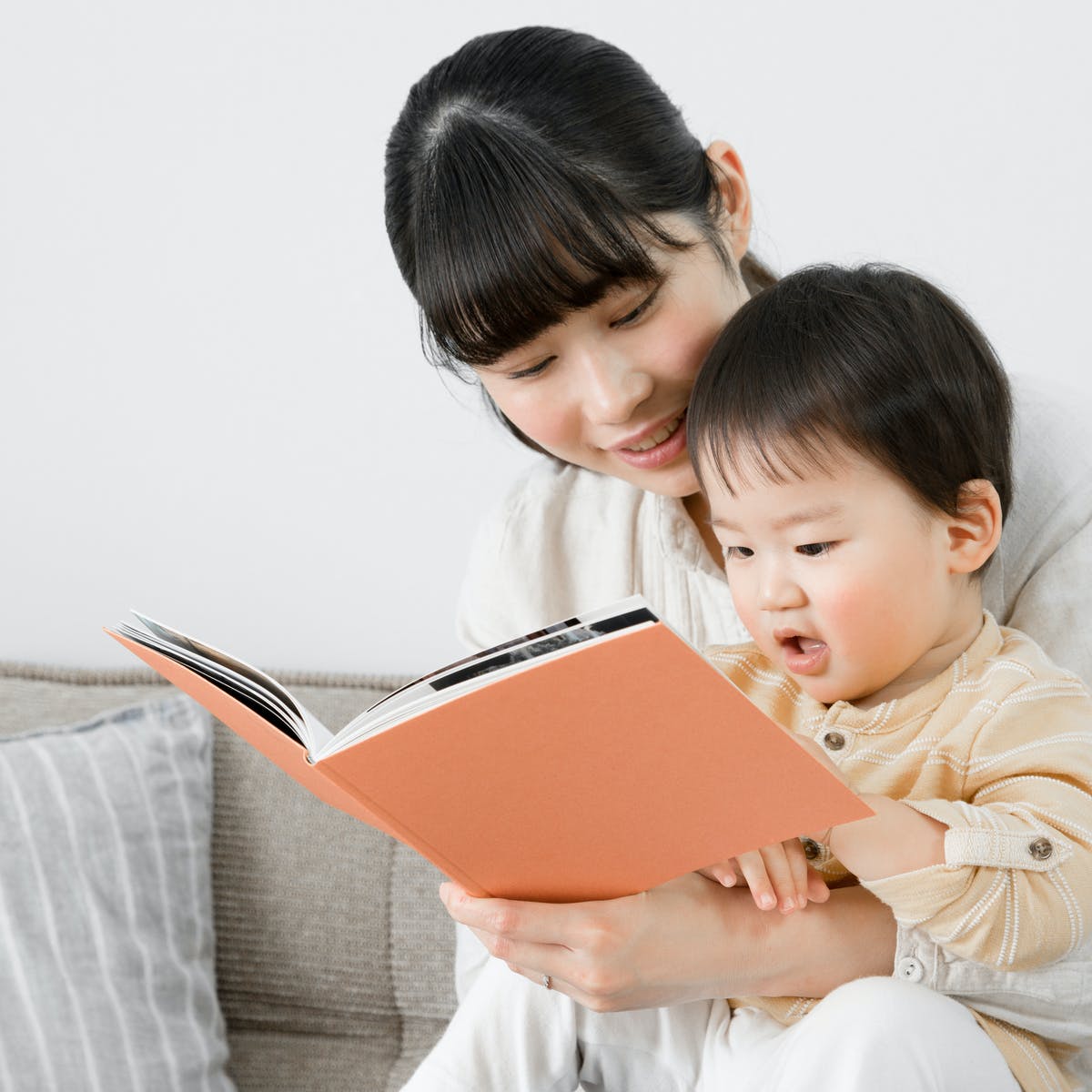You may hear your Occupational Therapist mention Visual-Motor Integration (VMI) Skills a lot, but what are they? It’s the ability to incorporate visual information with our motor skills so we can correctly execute the movement of our arms, legs, and body. VMI skills are integral to coordinated movements, which allow our clients to successfully engage in their daily occupations!
VMI in ASD:
- Children with ASD have differences in connectivity between the regions of their brain, because of this, some have visual-motor integration difficulties.
- When learning how to do a new task or use a new tool, children with ASD may discount visual information, and rely more on proprioception or their “internal sense of their body’s position”.
How to recognise the specific area of VMI a child finds challenging…
Visual perception: The ability to see, organise and interpret their environment.
- Copying work
- Recognising patterns
- Catching/throwing/kicking games
Visual Discrimination: Differentiating forms, patterns, hidden shapes, or other pictures from alike items which vary from one another in subtle manners.
- Matching socks or cutlery
- See the difference between coins
- Seeing the difference between similar-looking letters
Visual Closure: The ability to visualise a complete picture when given incomplete information/partial picture
- Reading a road sign even when the writing is partly hidden (by graffiti, trees, etc.)
- Making sense of words on a smudged page
- Recognising an object even when you can only see part of it
- Finding a missing item when it is partly hidden (Hiding a toy under a blanket but having half visible)
Figure-Ground Perception: The ability to pick out an object within a busy background.
- Lose their place on the page while reading.
- Have poor dictionary skills
- Struggle with map work
- Finding:
- favourite socks in a messy drawer
- something in the pantry
- dropped item if it fell onto a similar coloured background (e.g. a green button on the grass)
- information on a busy blackboard.
If you think your child is having difficulty with their Visual-Motor Skills, talk to your Occupational Therapist and visit our social media pages to find some great resources and games to target this goal!
Written by Shannon Murphy, Occupational Therapist at De Silva Kids Clinic.



















